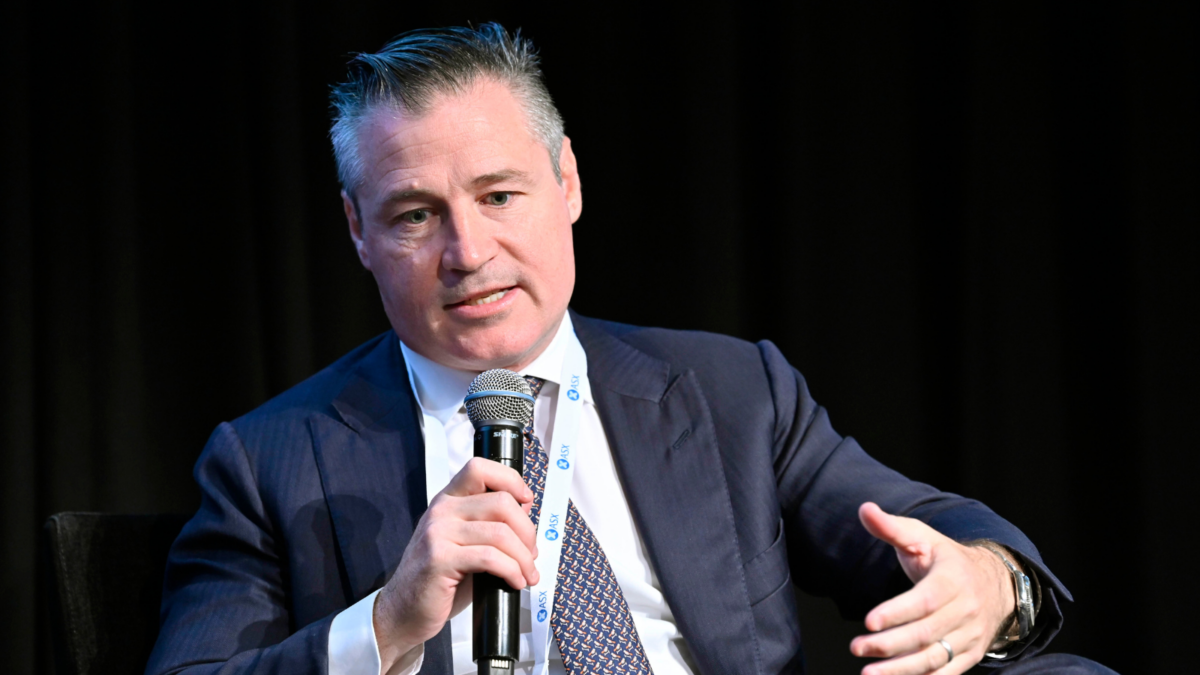‘Another opinion doesn’t hurt’, but activist short sellers still get a bad rap
Short reports like those released by activist short seller Hindenburg can move markets and attract the ire of both their targets and regulators, who argue that it’s difficult for businesses to respond before their valuations are significantly impacted.
Speaking at the Stockbrokers and Investment Advisers Conference on Tuesday, Perpetual deputy head of equities and manager of its Pure Equity Alpha long short strategy Anthony Aboud said that short reports should be released after markets close to give participants time to digest the information, but that while some of them aren’t accurate, most long reports aren’t either.
“I think they get a bit of a bad rap – more damage is done when you buy than when you sell,” Aboud said. “If you buy badly, whether it’s a company that’s not as good as you like or a company that’s too expensive, there’s no coming back from that.”
“Beginning of 2021 every analyst had a buy recommendation (on Redbubble), a $6.60 price target, the stock went to $6.80. One analyst said that it was cheap… I put it to you that people buying it around that time would have loved to have a short report out there that gave another side to it. I think more damage is done by consensus longs than is done by short reports. The stock is now trading at 36-37 cents… but it doesn’t hurt to have another opinion.”
While Aboud said that the long-short strategy had done well out of IPOs and that he’s happy to take the lead on investing in them when the rest of the market want to wait and see, he doesn’t want Perpetual “to be the suckers holding the bag at the end.”
“The red flags we typically see in (private-equity backed companies) is where they’ve put lipstick on a pig,” Aboud said. “And so they’ve bought it and magically the margin has gone from five per cent to 20 per cent in three years and they’re asking us to capitalise that 20 per cent market forever. That’s when we get a little bit suspicious, especially if it’s a hot sector all of a sudden.”
“Often you see these things come in waves. Seven or eight years ago all the aged care companies came out, then all the non-bank financial institutions. You’ve got to be careful of companies that have gone from very low margin to very high margin. The other red flag is when they’ve paid themselves a massive dividend just before they IPO, or made an acquisition within a month of IPO to bulk up the earnings.”
With interest rates no longer zero, businesses need to have more than a “thematic or a narrative” to do well. And while some businesses did pass through the cost of inflation by hiking prices, those hedges are starting to roll off
“Where we’re seeing opportunities on the negative side – what we saw last year with inflation was we saw a lot of pricing power come through,” Aboud said. “We saw a lot of companies where there was so much inflation narrative that they put prices through and margins expanded. What we’re starting to see this year is the lag in impact… You only have so much hedging each year, and we’re starting to see that cost headwind at the same time we’re seeing consumer demand drop off.”
“Historically pretty steady businesses are starting to have some negative jaws (ratio). Margins come under pressure, and companies that looked under-geared not long ago are pretty geared now.”
Aboud also warned on the quality of research being put out to fund managers, saying that a large swathe of the ASX is going unexamined by providers.
“I think generally the mid-tier brokers are getting it right and I feel like the big end of town is juniorising and is very focused on the top 50, and that’s not really value add,” Aboud said. “You can get 15 notes on the ANZ result that are all 50 pages each.”
“Think about how much time went into that and the amount of dollars you paid those three analysts at each shop, that’s not a good return on invested capital. But in that mid-tier, looking for stocks that aren’t well covered and coming up with unique angles is exactly what we’re after.”











